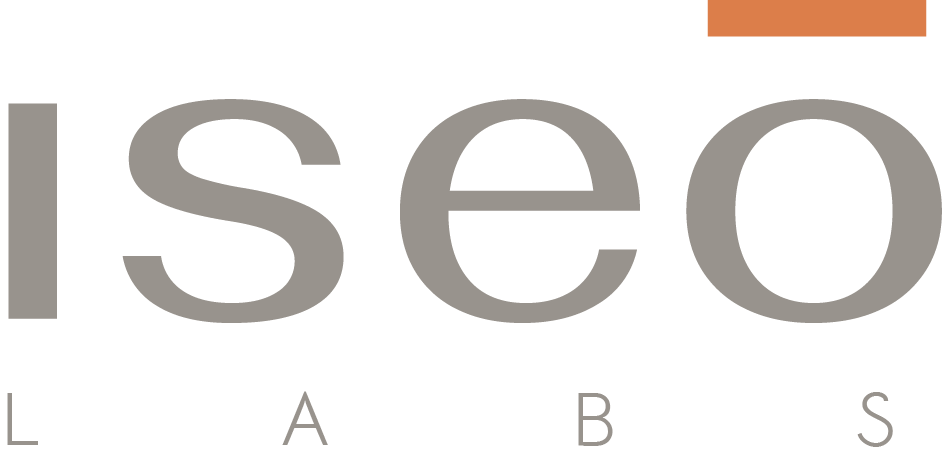
The end of paper-based document binders is near.
In the not-so-distant past, document binders were a common organizational tool for businesses and other organizations. With their sturdy covers and reinforced rings, these binders could hold hundreds of pages of documents in one place. However, the rise of digital document management systems has changed how organizations store information. In this article, we'll look at some of the benefits associated with going paperless and why many organizations are making this switch today.
Physical binders are typically cumbersome and difficult to manage, especially when multiple people need access to content.
Physical binders are typically cumbersome and difficult to manage, especially when multiple people need access to content. They can be difficult to find, because they are usually stored in a file cabinet or box — and if you want to share that information with someone else on the same team or project, you'll have to either email them a copy or make copies of your physical binder and give them one.
The problem is only amplified when it comes to time for presentations: your boss might need something from your binder that was referenced during a meeting earlier in the day — but now it's 10 pm, so you have no idea where that thing is!
Document management systems address many of the problems associated with physical binders by digitizing your content and hosting it in an organized, searchable manner.
Document management systems address many of the problems associated with physical binders by digitizing your content and hosting it in an organized, searchable manner.
When you store documents on a DMS, they are stored electronically and accessible from any location through a web browser or mobile app. This makes them easy to find when you need them, even if they're buried deep within the system—no more digging through stacks of paper! You can also search for specific keywords to locate relevant content quickly and easily. Additionally, because everything is stored digitally, there's no risk of losing documents if they're misplaced or damaged in a fire or flood.
Digital document management software can help your organization save time and money while increasing security.
You might be wondering what the benefits of digital document management software are. Here are a few reasons to consider:
Cost savings. Document management systems save time and money by eliminating paper-based processes, including scanning, copying and filing documents.
Increased productivity. Employees can easily find any document they need immediately because all their files are stored electronically in one location—the cloud or their own computer—and can be shared with other employees. This allows for faster communication at every level of your organization, enabling it to operate more efficiently than ever before.
Security improvements. With traditional file cabinets filled with thousands of paper documents, it’s easy for sensitive data like financial statements or client names to fall into the wrong hands if someone were able to break into your office or steal the files from storage space outside your building (like a warehouse). Digital files are encrypted so they cannot be accessed without proper credentials; this means less risk of data loss when compared to traditional paper-based binders that don’t even have locks on them!
We’re excited to see how this new form of document management will change the way companies work. The old ways of doing business are quickly fading away and being replaced by new technologies that make it easier for businesses to get things done.




